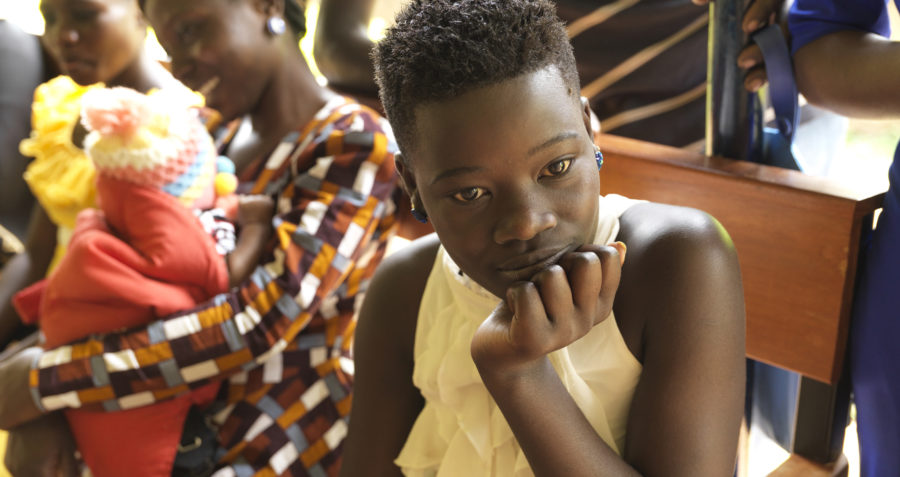ICPD: The burden of HIV on adolescent girls has worsened
 © Peter Caton for READY
© Peter Caton for READY
One day before ICPD+25 begins, our executive director Christine Stegling speaks frankly at the Global Prevention Coalition meeting about the failure to reduce HIV among adolescent girls and young women.
At ICPD+20, HIV advocates raised the alarm on the very high HIV prevalence rates among adolescent girls and young women. This should have been a clarion call to the governments, donors and civil society groups who turn up every five years at ICPD to deliver on the ICPD Programme of Action and adopt HIV and AIDS strategies that explicitly address the reproductive health and rights of adolescents.
Yet five years on, not only has the burden of HIV on adolescent girls failed to decrease. It has worsened. Every week, 6,200 young women and adolescent girls become newly infected with HIV. Worldwide, an estimated 50 adolescent girls die from HIV-related illnesses each and every day – including from preventable conditions such as cervical cancer. At the same time, coverage of HIV prevention services for key populations – sex workers, MSM, transgender people and people who use drugs – remains cripplingly low.
For the Global Prevention Coalition, ICDP+25 should be an opportunity to demand action. We should all be outraged that at this meeting HIV is once again pushed to the side-lines. It receives just one mention in the ICPD commitments and is largely absent from the main sessions and debates. Applications from Frontline AIDS partners for events led by women and girls most affected by HIV did not even receive a response. Can we really say that we are doing our jobs when sex workers, women who use drugs and transgender women are absent from the ICPD25 agenda, along with HIV prevention itself? And if we are being really self-critical, have the experiences of the women and girls that we are most concerned about really improved in the last three years?
Official reports show us that HIV prevention is stalling, and the findings from Frontline AIDS’ own community-led shadow reports are even more alarming. Launching officially at ICASA, these show that national and subnational HIV prevention targets are still incomplete. Service packages for adolescents and key populations continue to be ill-defined, resting on biomedical interventions. While many countries have identified the policy and legal barriers that need to be addressed – such as lowering the age of consent to access health services or improving access to comprehensive sexuality education – breakthroughs are piecemeal, with little attention given to the more progressive or innovative approaches that will really make a difference.
We know that pre-exposure prophylaxis (PrEP), antiretroviral treatment (ART) and voluntary medical male circumcision (VMMC) have helped to advance HIV prevention, but these interventions alone are not enough. Accelerating action on HIV prevention needs accelerated action on addressing stigma, gender-based violence, criminalisation and other structural drivers of the epidemic. Until we address these difficult subjects we will never reach ‘zero new HIV infections’. Political leadership on these areas is desperately needed, and it has to come from us sitting around this table today.
Tags
Adolescent girls and young womenHIV prevention


